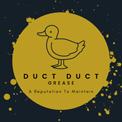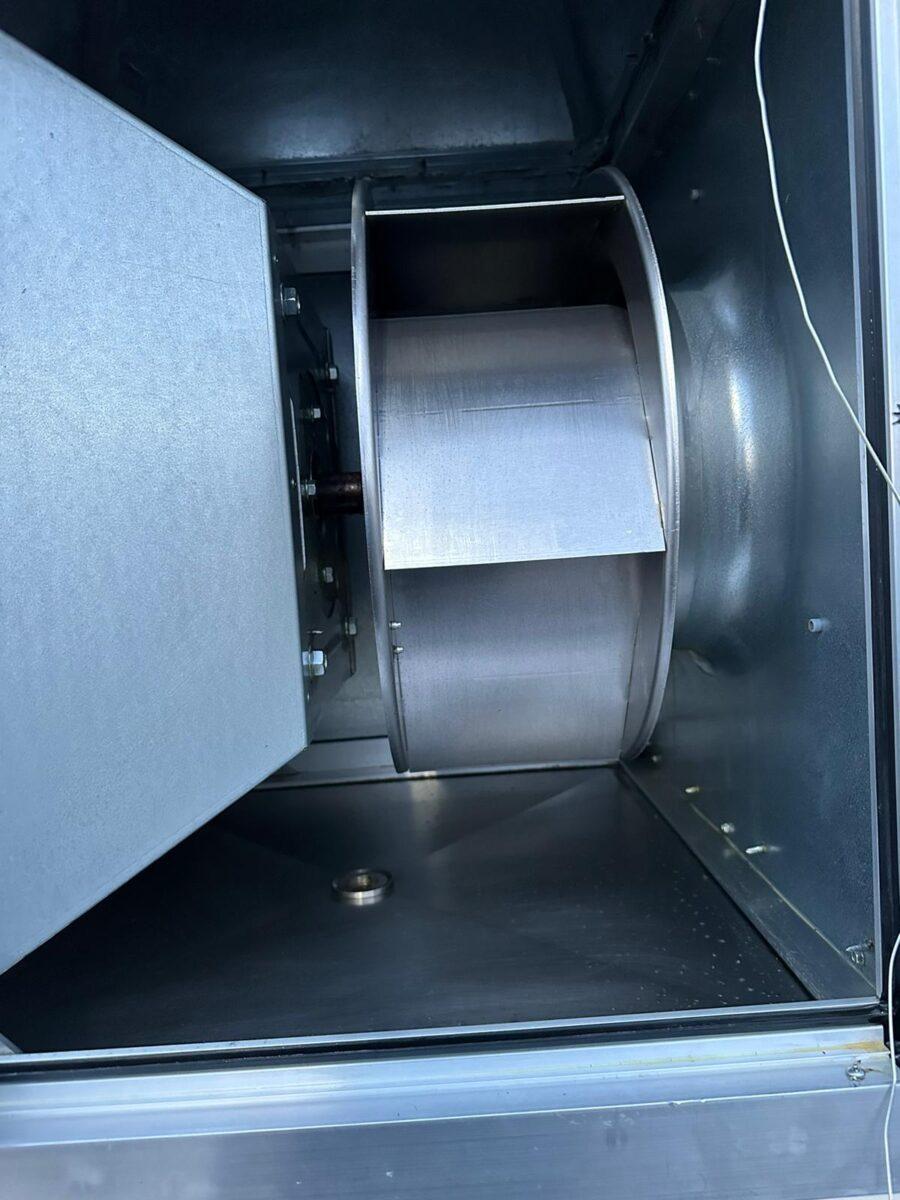
Ventilation Cleaning
Ventilation Cleaning
Why Do I Need To Get The Ducts Cleaned?
Over time, ductwork will develop a build-up of dirt that can include dust, bacteria and indoor pollutants such as mould spores. Older ductwork which has never been cleaned may also contain construction debris. When this is left it can affect the efficiency of ventilation systems and have a negative impact on the air quality.
we take all of the stress out of your hands and work hard to deliver a reliable, cost effective, professional service that provides much-needed peace of mind, and the assurance that your ductwork cleaning has been completed to the rigorous standard of hygiene set out in TR19®.
We have many years of experience working across various sectors; including hospitality, facilities management, food manufacturing, healthcare, education, retail and housing; and types of property, from multiple dwellings, pubs, restaurants, hotels and stadia, to hospitals and manufacturing facilities – and many more.
What we provide
- Photographic evidence of cleaning
- Recommendation for future cleaning
- Certificate of works complete
- Micron Readings Pre-Post clean
- Categorised list of maintenance concerns
Why Do I Need to Get the ventilation Cleaned?
Over time, ductwork will develop a build-up of dirt that can include dust, bacteria and indoor pollutants such as mould spores. Older ductwork which has never been cleaned may also contain construction debris. When this is left it can affect the efficiency of ventilation systems and have a negative impact on the air quality.
TR-19
TR19®, issued by the Building Engineering Services Association (BESA), is now the standard to which ventilation ductwork should be tested, inspected and cleaned. It includes a requirement for ductwork cleanliness quality to be classified according to its use as high, medium or low. This will usually depend on the type of facility which it
serves and the degree of air quality that is needed. The cleanliness quality classification comes from BS EN 15780 (2011).
